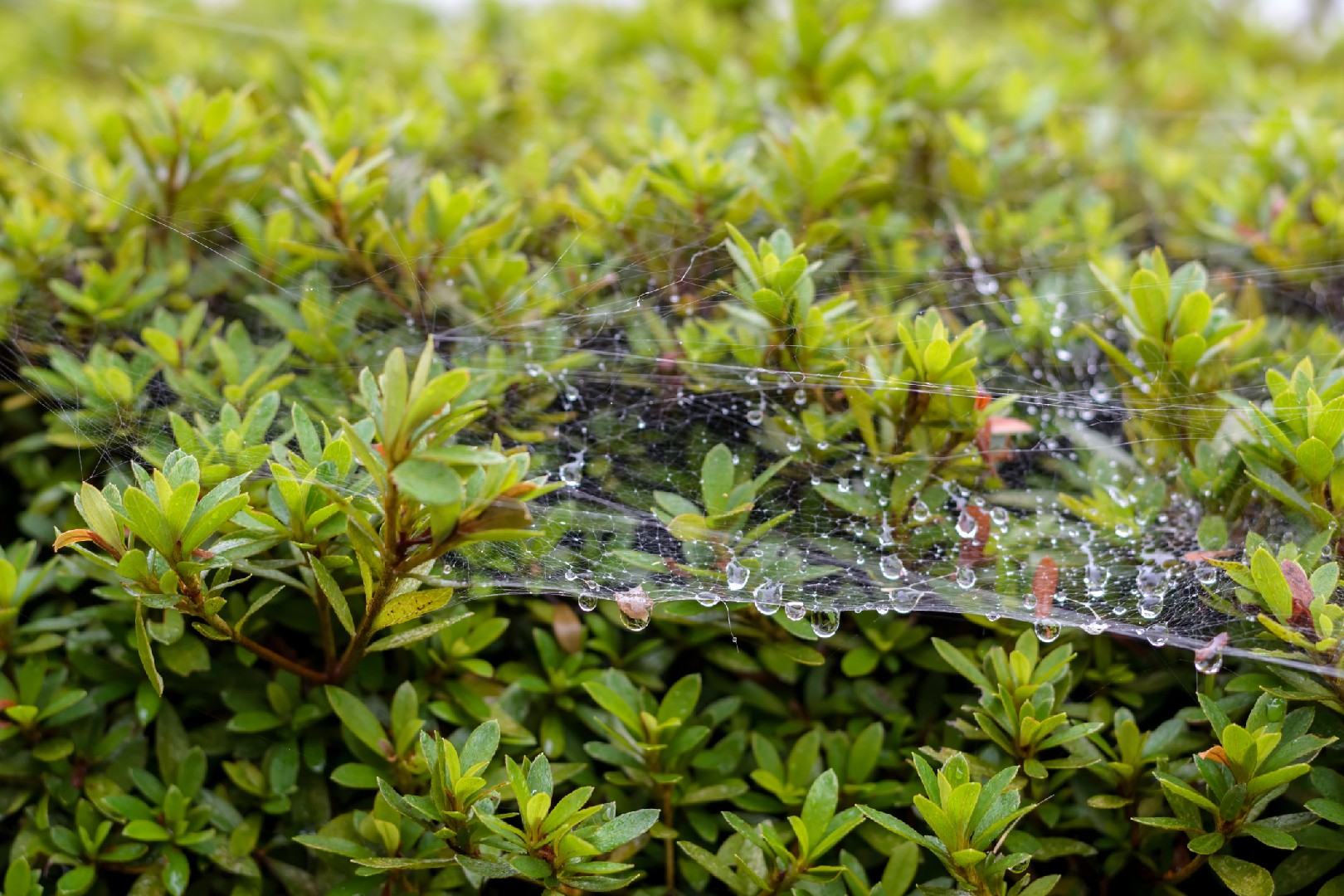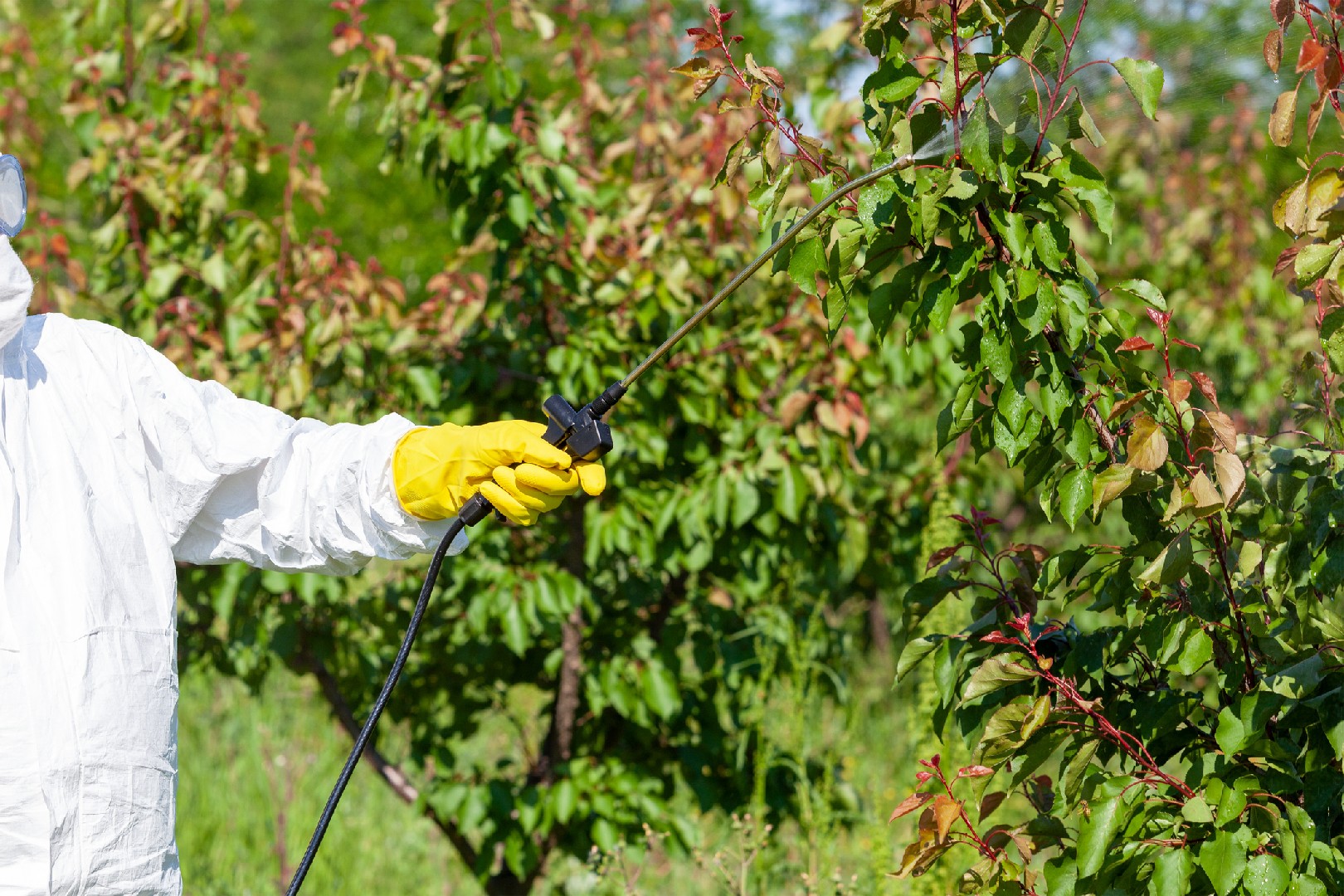
Challenges and Optimization of Cultural Control Strategies
Cultural control is an integral part of Integrated Pest Management (IPM) and plays a crucial role in managing pests effectively while minimizing the use of chemical pesticides. However, implementing cultural control strategies can present some challenges. In this section, we will address these challenges and provide solutions to common problems, along with tips for optimizing cultural control practices for maximum benefits.
One of the main challenges in implementing cultural control is the lack of knowledge about pests and their behavior. Without a deep understanding of the pests and their life cycles, it is difficult to design effective cultural control measures. To overcome this challenge, it is important to conduct thorough research on the specific pests affecting the area and gather information about their habits, breeding patterns, and preferred habitats. This knowledge can then be used to develop targeted cultural control methods that disrupt pest reproduction and survival.
Another challenge is the limited availability of resources and expertise. Cultural control methods often require specialized equipment, tools, or skills that may not be readily accessible. In such cases, it is important to explore alternative options or collaborate with local organizations or experts who can provide the necessary resources or guidance. Additionally, attending workshops, training programs, or seminars on cultural control techniques can enhance your skills and knowledge in this area.
Lack of awareness and resistance from the community can also hinder the successful implementation of cultural control strategies. To address this challenge, it is crucial to engage in effective communication and education campaigns. Educate community members about the potential risks associated with chemical pesticides and the benefits of cultural control methods. Demonstrate successful case studies where cultural control has been effective in managing pests. By creating awareness and involving the community in the decision-making process, you can foster acceptance and support for cultural control practices.
Now let's discuss some solutions to common problems encountered in cultural control. One common problem is the ineffectiveness of cultural control methods in achieving desired results. This can happen when cultural control measures are not implemented correctly or are not tailored to the specific pest problem. To optimize cultural control practices, it is important to conduct regular monitoring and evaluation of the effectiveness of the methods. Keep track of pest population dynamics, damage thresholds, and control outcomes to identify any gaps or areas for improvement. Adjust the cultural control methods based on the observed results to achieve better pest management outcomes.
Lastly, here are some tips for optimizing cultural control practices for maximum benefits. Firstly, diversify your cultural control methods to target multiple aspects of pest management, such as habitat modification, crop rotation, or sanitation practices. This reduces the risk of pests adapting or becoming resistant to specific control methods. Secondly, integrate cultural control strategies with other IPM components like biological control or chemical controls, where necessary. This integrated approach can provide a more comprehensive and long-lasting solution to pest management challenges.
In conclusion, cultural control strategies in integrated pest management can be challenging to implement but with the right knowledge, resources, and community support, these challenges can be overcome. By addressing potential challenges, implementing solutions, and optimizing cultural control practices, you can effectively manage pests in a sustainable and eco-friendly manner. Remember to stay informed about the latest research, attend relevant workshops, and collaborate with experts in the field to continually improve your cultural control strategies for maximum benefits.









